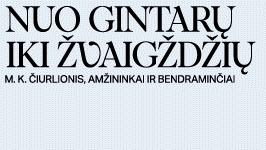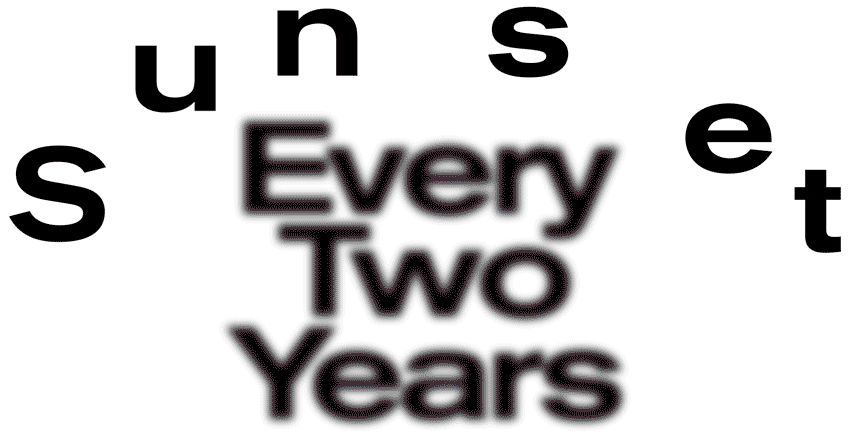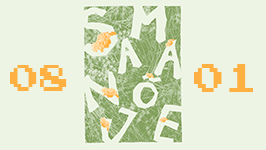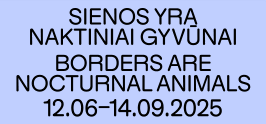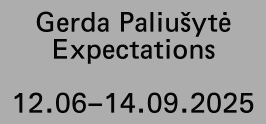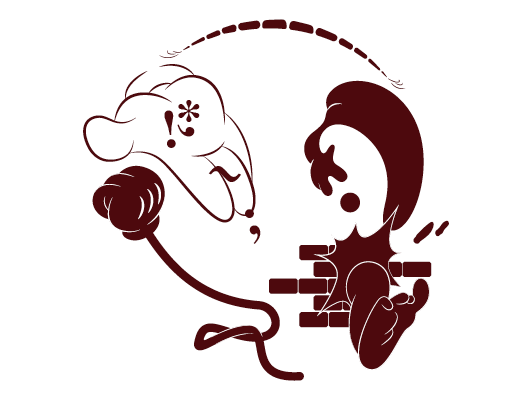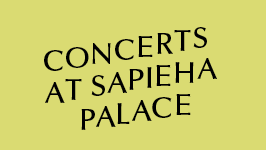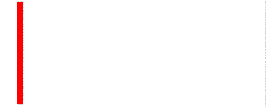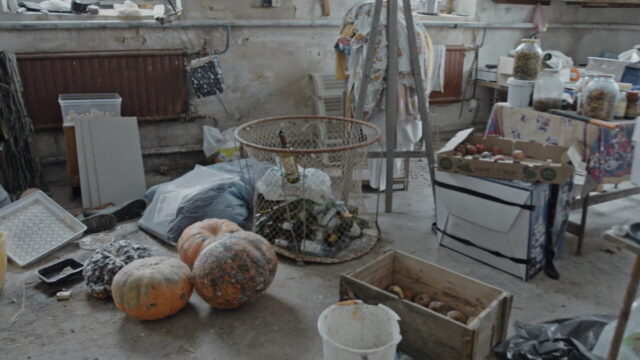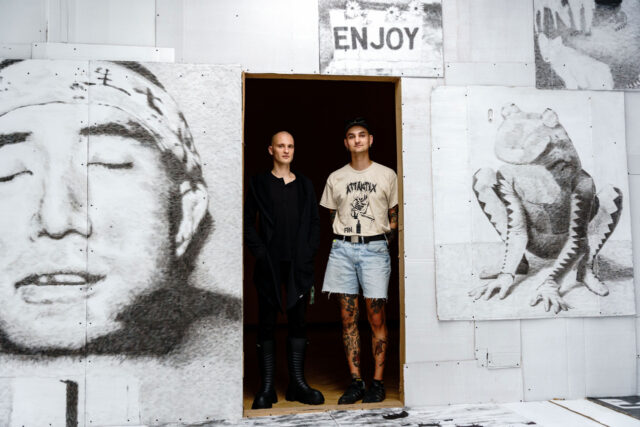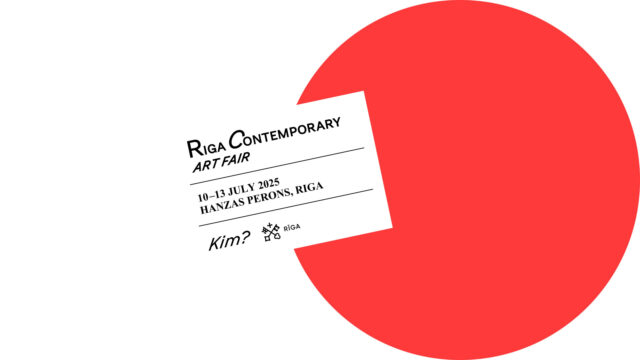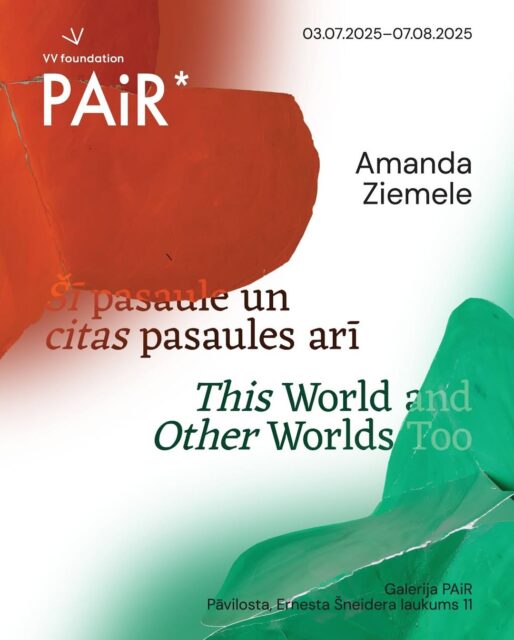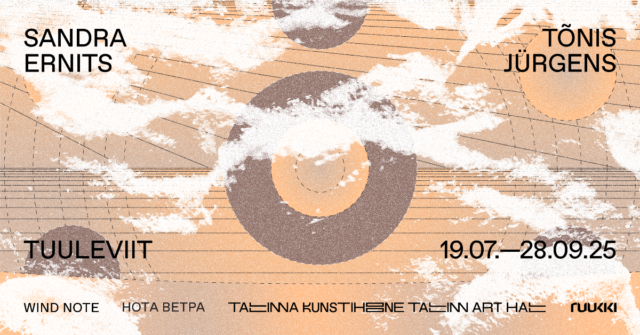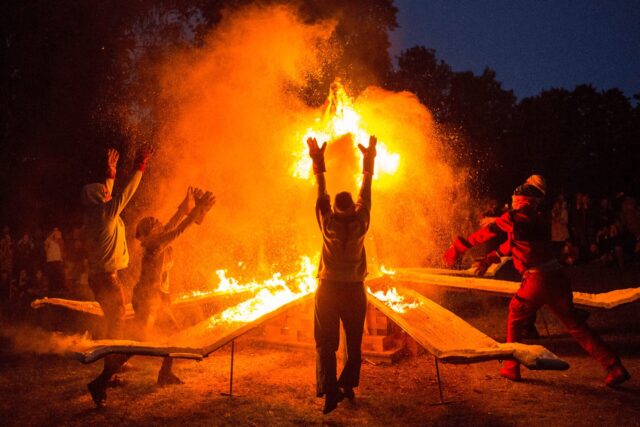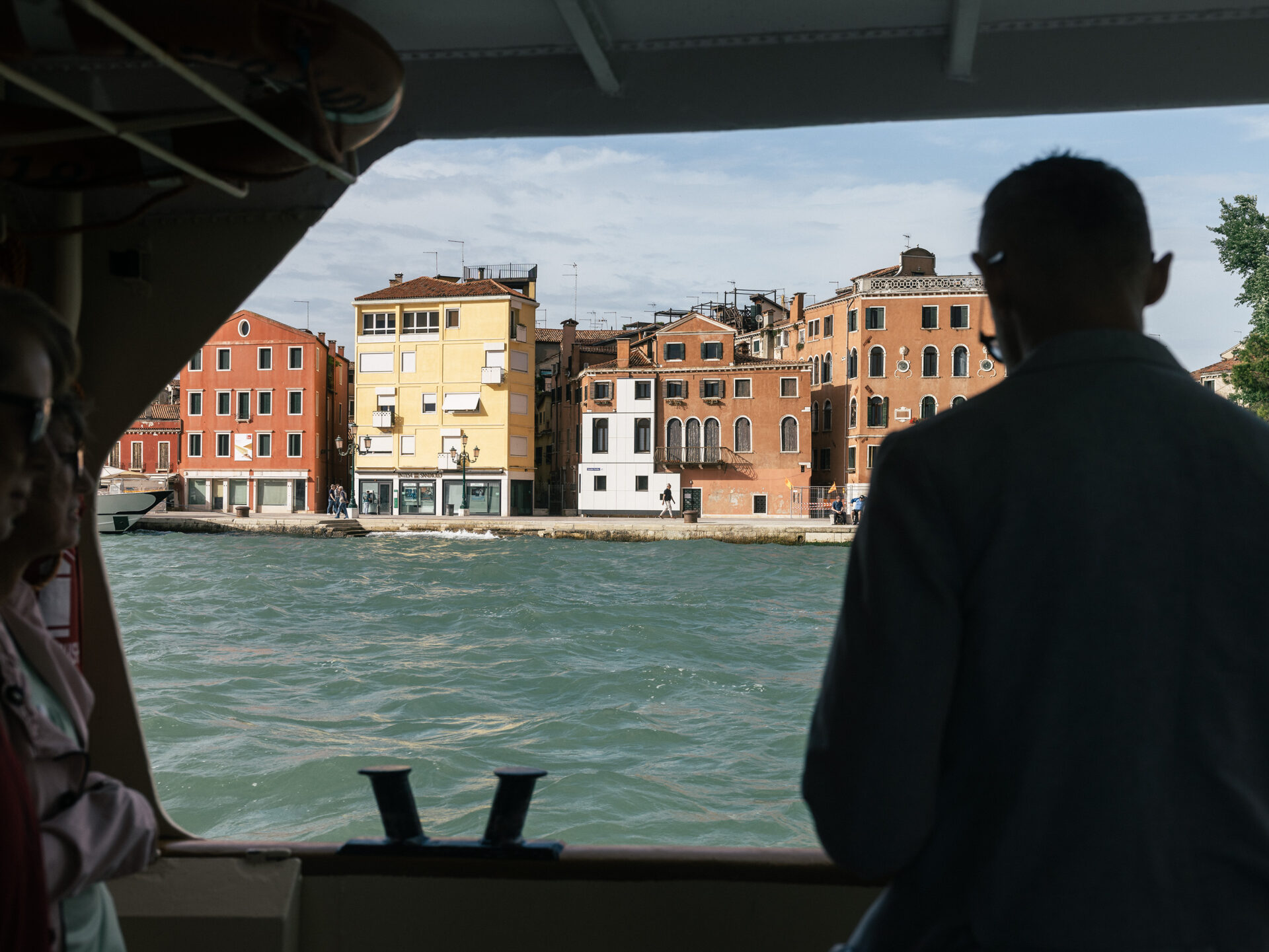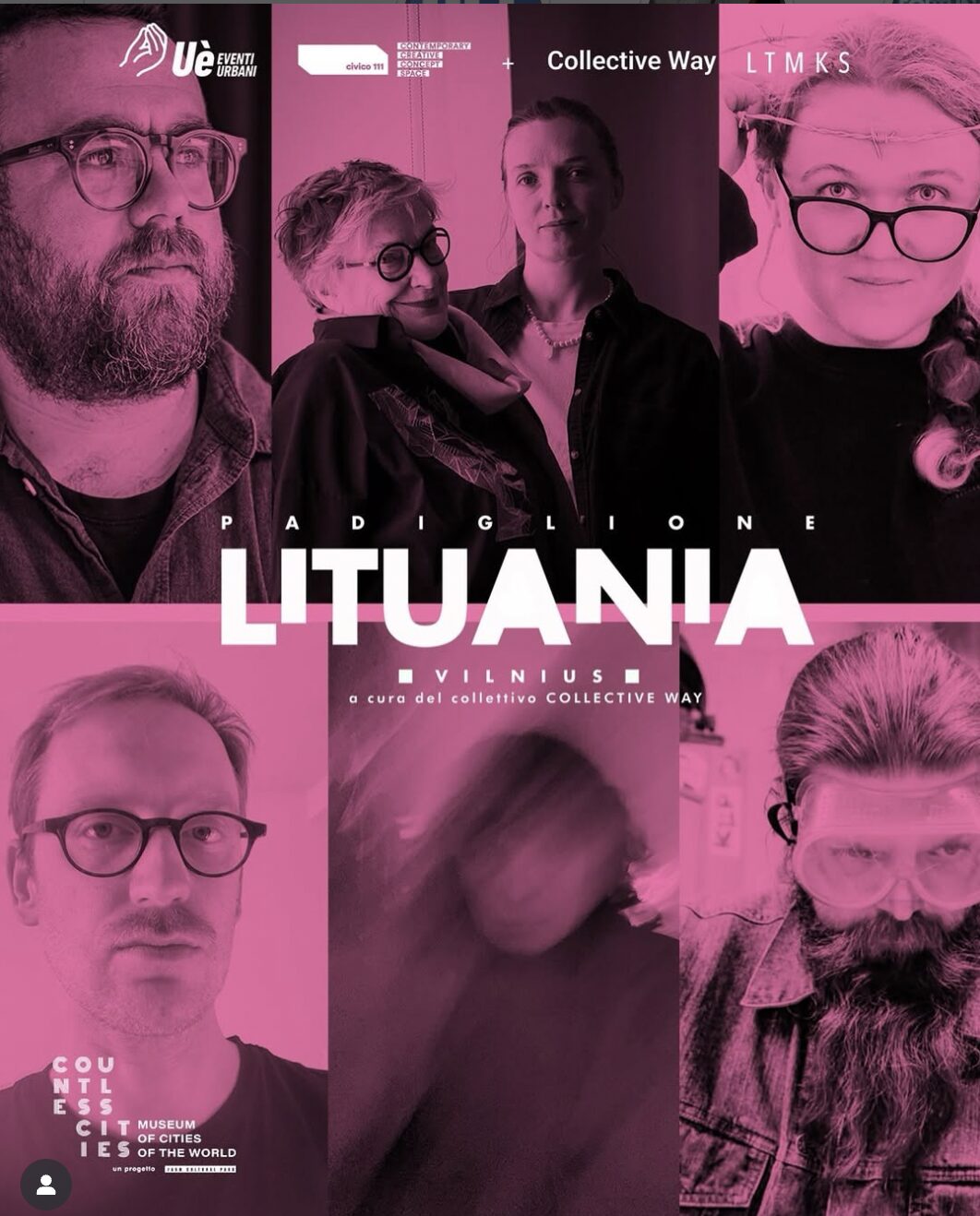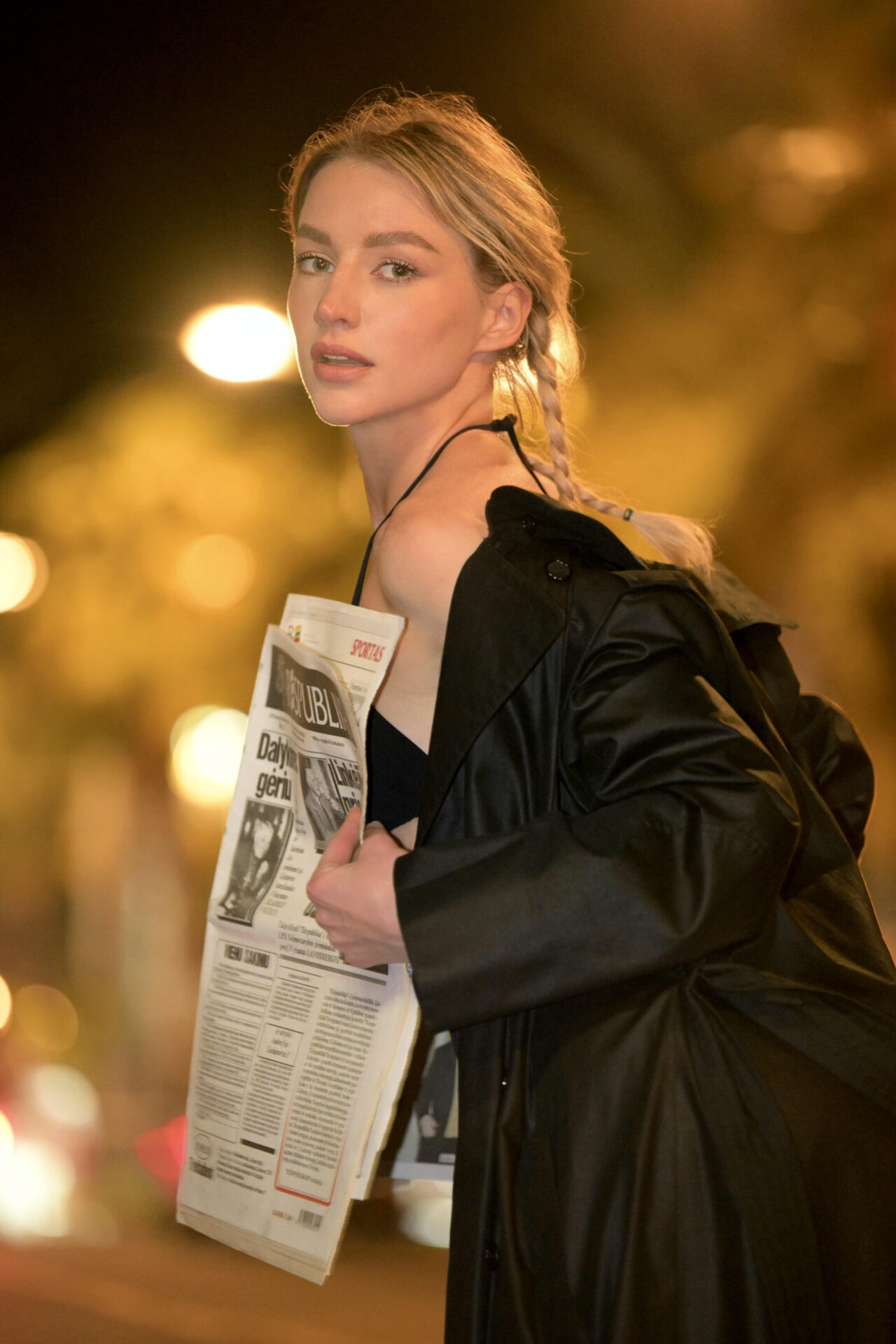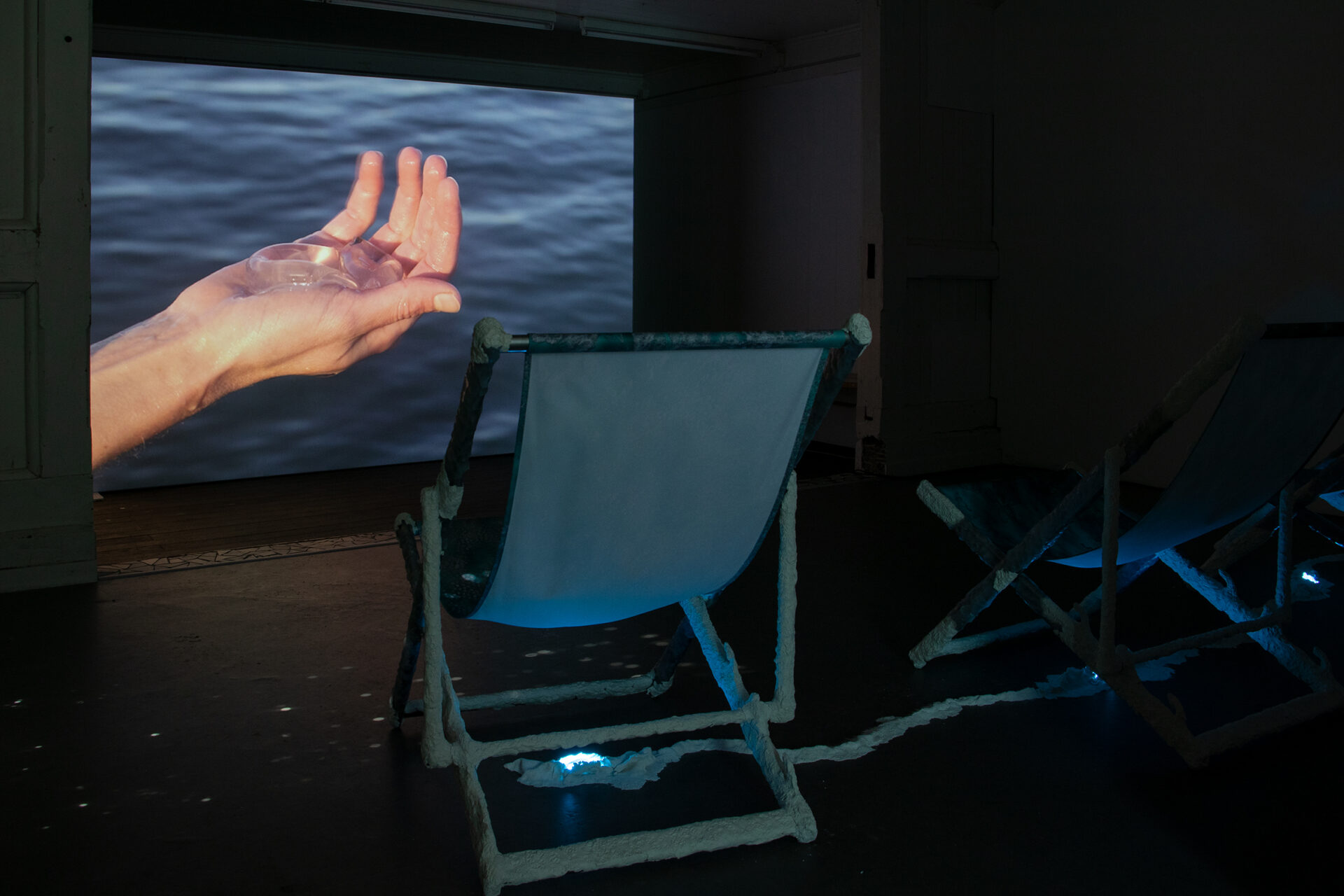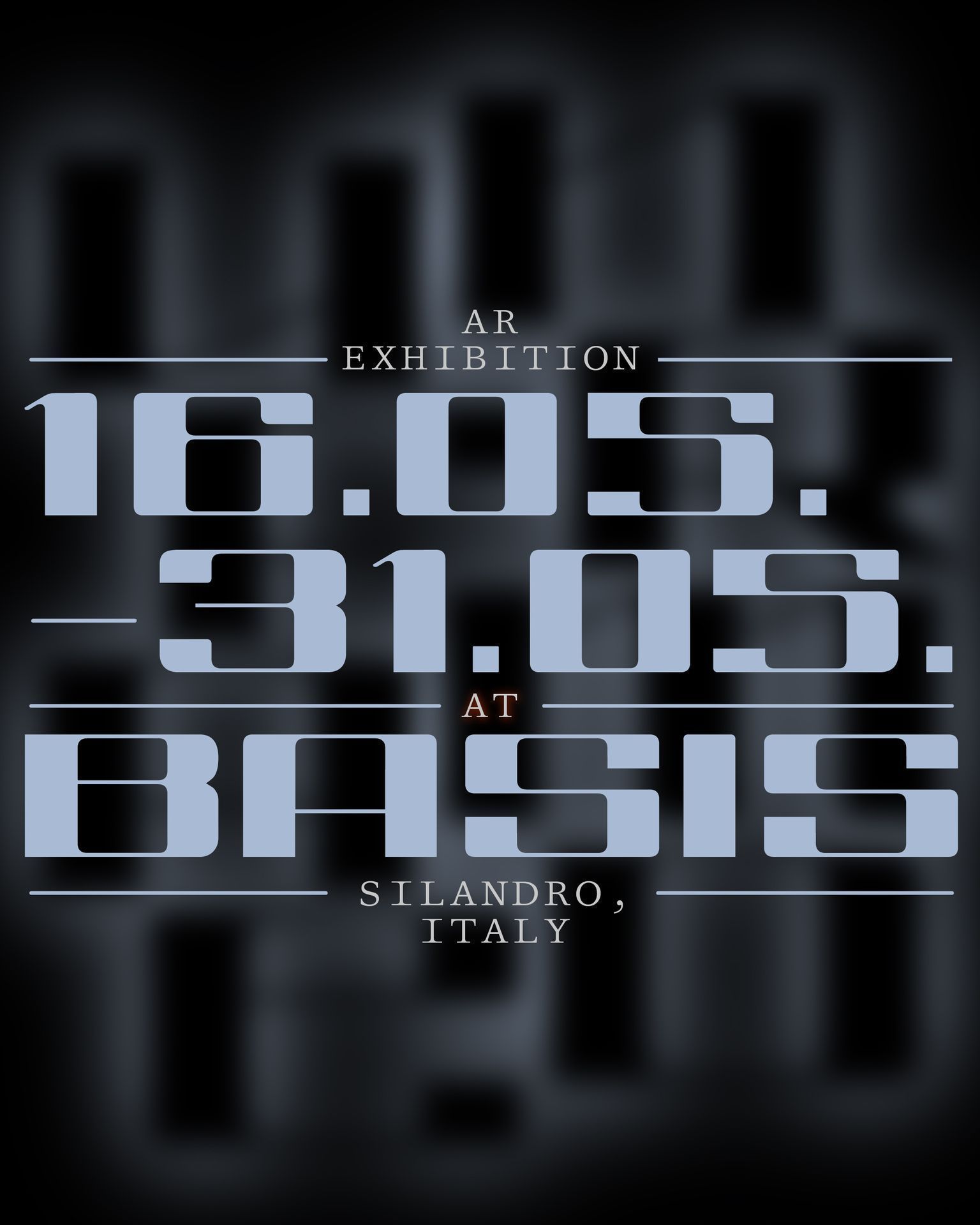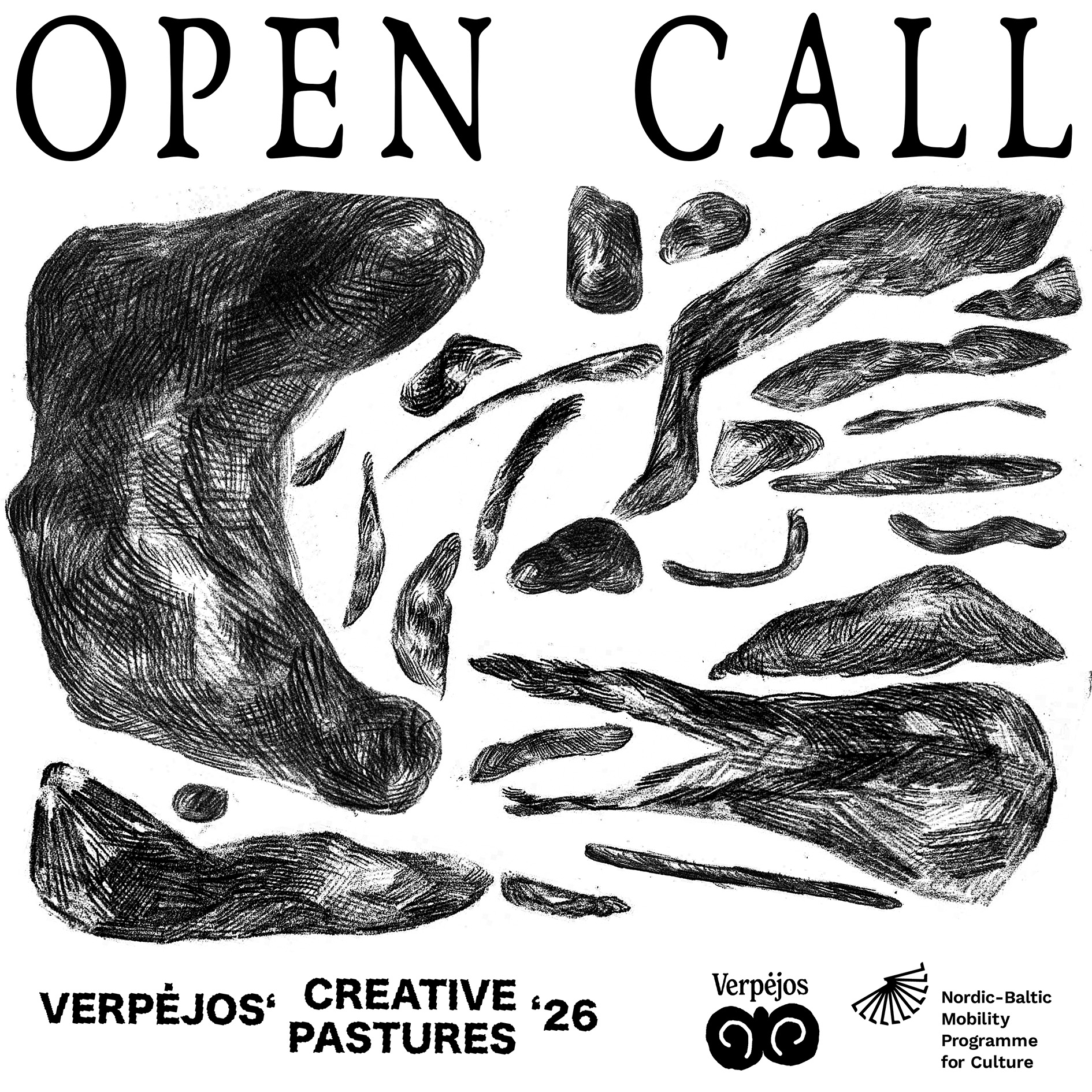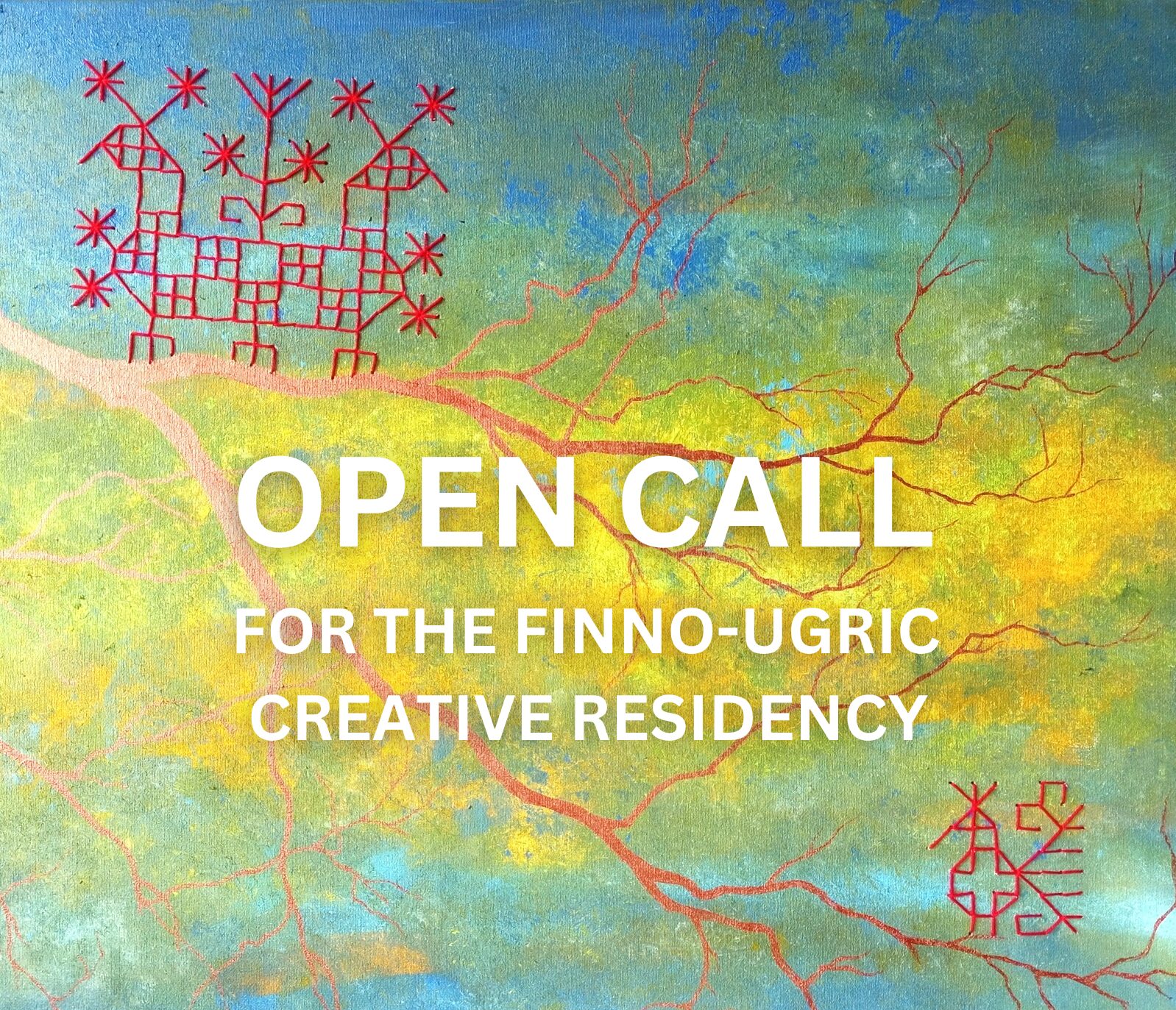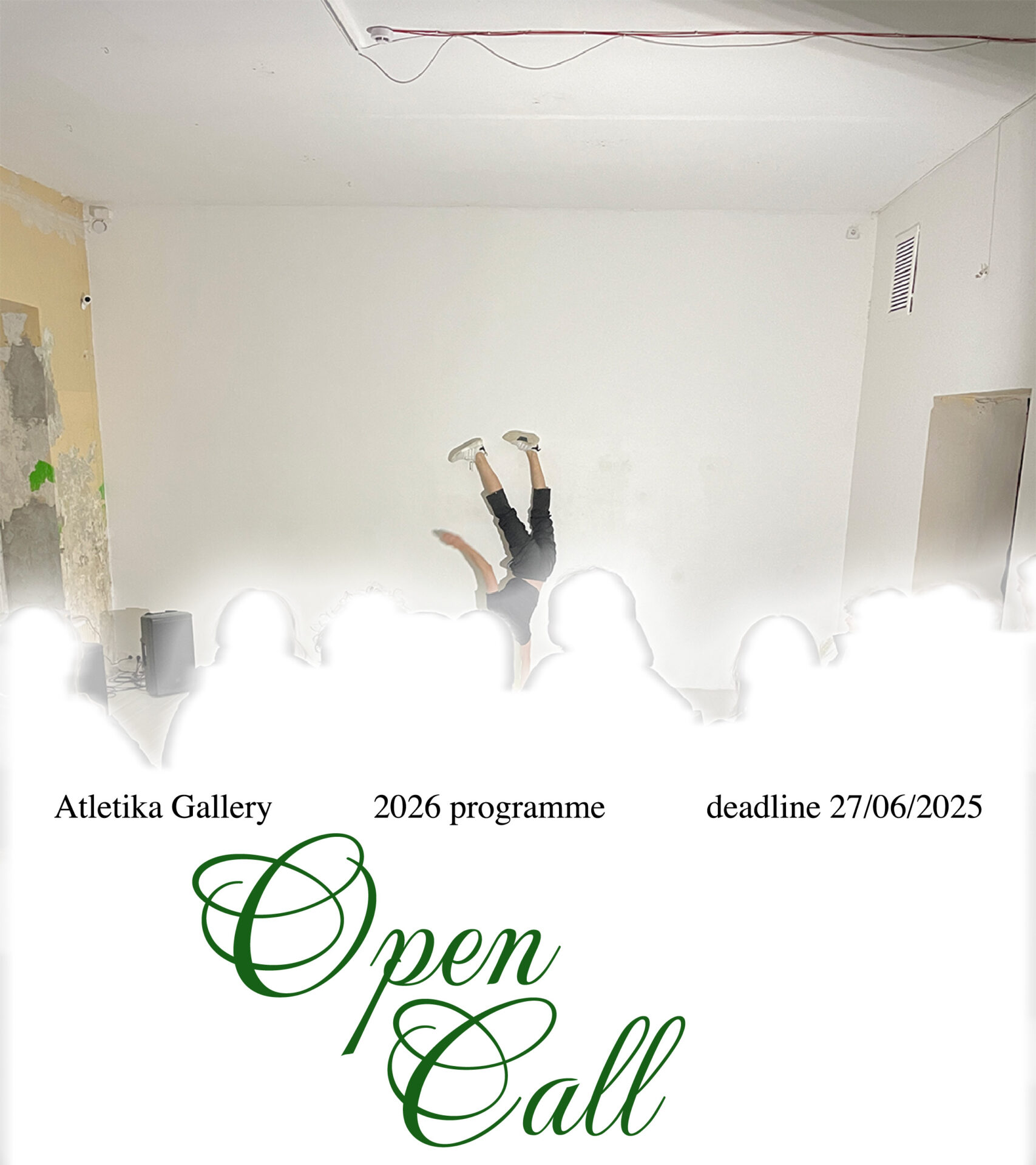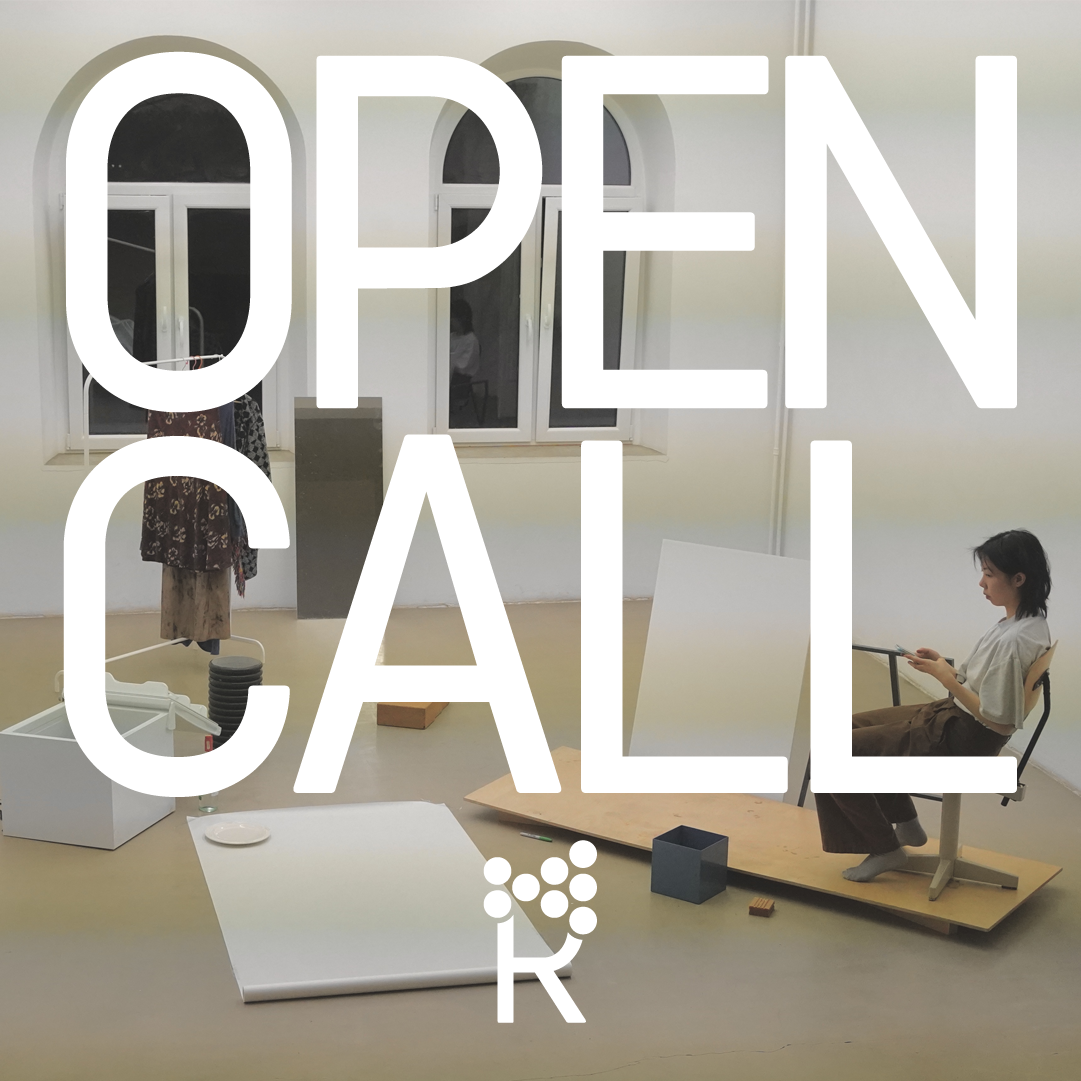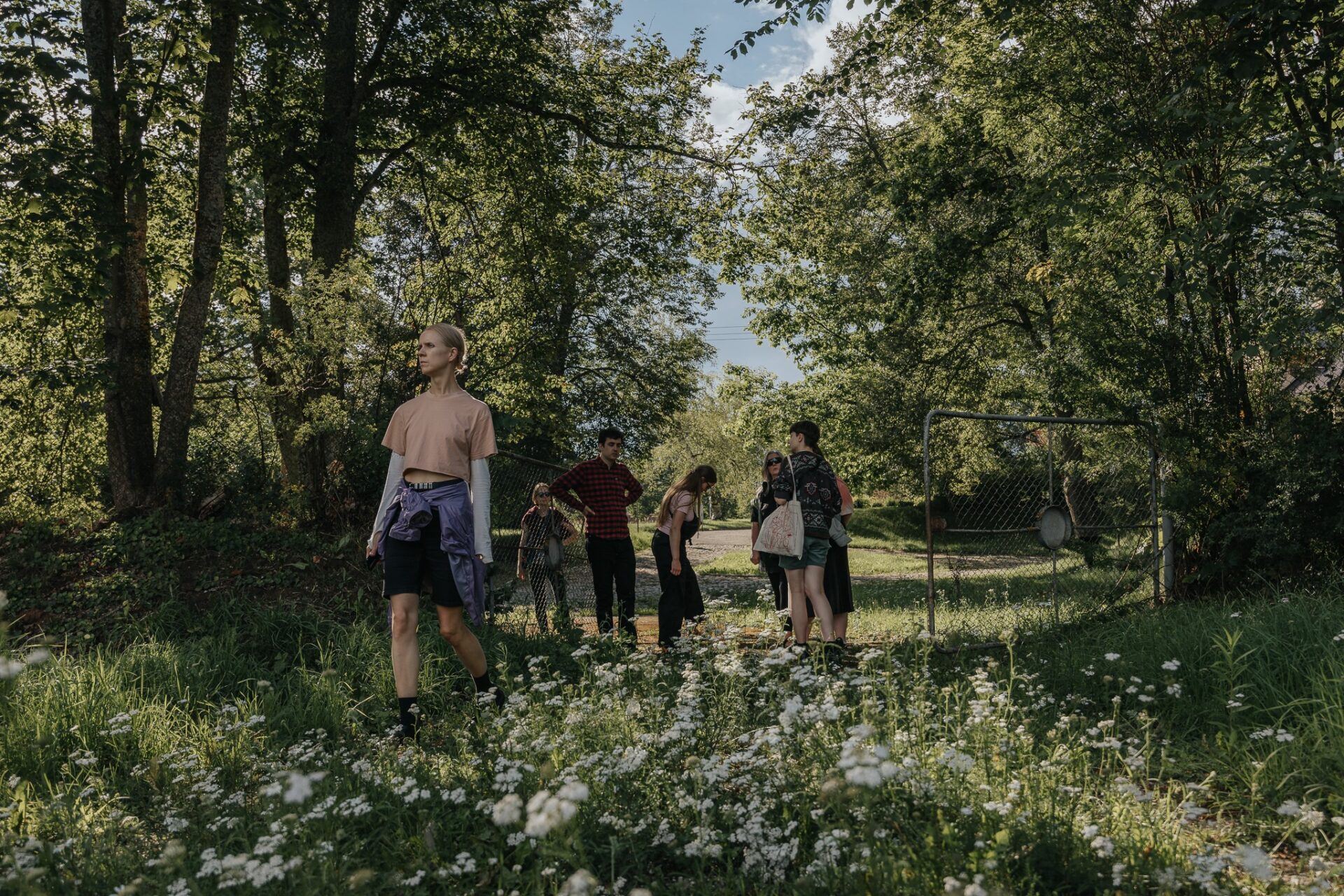
Blackening of The Rhyme, 2016, work in progress. Photo: Juha Pekka Matias Laakkonen
When speaking about any of the natures surrounding and inscribed in us, we are increasingly often beset with doubts regarding their naturalness. The Hybrid(…)scapes exhibition at VAA Nida Art Colony deals precisely with this kind of scenarios when we try to compose the instrumentation for the long-hybrid environment in the pot of circumstances, just so that it sounds natural (to our ear). Curiously, while the notion of instrumentation has several meanings (it refers not only to compositional adaptation (of a musical piece), but also to the use of acoustic expression of language to increase the dramatic effect of an utterance), all of them are applicable to the work of the duo of Anna Romanenko and Björn Kühn, who take part in the exhibition. In their featured project The Rhyme, the artists invoke the Nord Stream gas pipeline as an instrument to create another instrument. The latter seems to oscillate according to an instrumentation for hybrids, and, as one would expect from a rhyme, captures the consonances of the verse endings – between the political seabed and the exhibition space.
Jogintė Bučinskaitė: It’s difficult to avoid frequent comments and observations on hybridity in this conversation, because working together is a hybrid process itself. How did you start your collaboration and how do you share the work?
Anna Romanenko, Björn Kühn: The duo came upon us gradually, we never really planned for it to happen, we even tried to avoid it for some time by constantly inviting other artists into our work. I think it was mostly because we wanted to be many, and two didn’t really sound like many. It took some time to realize that multiplicity was not about the number of collaborators.

Anna Romanenko/Björn Kühn, The Nord Stream Bend, 2016 Photo: Anna Romanenko
The main idea of the exhibition of residents returning to the Colony is a tension between the pure/natural myth and realities constructed by a variety of technological, cultural or political factors. A hybrid landscape here is like an image constantly augmented with certain layers. What layers have you explored during your residence over these months? How will your work integrate in the exhibition’s landscape, and what is it about?
We were attracted by the Nord Stream pipeline. It lies on the seabed of the Baltic and is a “shortcut” from Russia to Germany, built to avoid transit through the “politically more complicated” scape of the continent. The pipe is deliberately hidden and concealed in the water so that no third party would be able to influence its functioning except for a robotic pig that occasionally sweeps through it with the flow of gas.
In our work, we build corporeal adapters in order to turn reception into a more complex process that happens between the body of the work and the human body. Speaking in terms of layers, we took the challenge to construct an intermediate layer that would relate the body of the viewer to the Nord Stream pipeline in its spectral hiddenness and vastness.
That’s how the object which we now call the Rhyme came into being. In order to attach the pipeline to a body, we had to take it out of the water and shrink it to human size as if it was going back in its evolution, going back to a stage where the pipeline would not yet be mature and fit for commerce. Our working protocol went along the line of an “embryology of metallurgy”. In the finished object, you see rudiments of shapes and techniques from the history of metal working. There is the tongue of the Jew’s harp, different flanges (connecting pieces for pipes) etc., for the surface we are using an obsolete method of blackening steel through a chemical reaction between hot iron and linseed oil.
How did you manage to develop your work into a glocal (i.e. local and global) hybrid? More specifically, what in your work reflects the local landscapes of Nida and what extends it to the global field?
Standing on the Nida beach and looking into the water towards the imaginary place where the pipeline might lie, one stands on a spot that is circumvented and disavowed. It is a circumstance that underscores the already present spectral quality of a giant object hidden in the sea that you just know of but never see. What if one dragged it onshore? Fight it, love it, what if it moved? The Nord Stream has all the attributes of a classical sea monster: it might cause a life endangering scenario, it has an agenda that is not in our favour, it is unimaginably big and under water.
Being this uncanny techno-ecological Leviathan, the Nord Stream perfectly qualifies for a Chaoskampf (Ger: battle against chaos). The Chaoskampf is a genre of reassuring tales where order triumphs over chaos, usually represented as the hero killing a serpent. It has been ubiquitous throughout Indo-Germanic cultures. Unable to repeat this narrative, as we don’t have much confidence in the figure of the hero, we replaced him with a serpent charmer, the sword turned into a flute. The trick of the serpent charmer is that he builds an instrument that resembles the serpent in shape, so that the snake would behave as if the instrument was an opponent. We are going a similar way by morphing the sculpture by ways of semblance, speculating that the memory of metal in the pipeline would recognize the Rhyme as a fellow specimen.
Your work has a direct reference to the lamella notion introduced by Jacques Lacan. It is essentially subconscious dimension which exists without time and space, like the human dream, or, as Lacan would say, it could be an organ or a rudiment of the human libido. Do I understand correctly that, contrary to the idea of lamella, which is disembodied and exists only in our imagination, your work is particularly corporeal and interactive?
We tend to use psychoanalytical vocabulary quite naturally, sometimes maybe even carelessly. This has its roots in our past. When we came to art school in 2009, chance had it that at the same time a young professor, Felix Ensslin, took up the chair of philosophy, and psychoanalytical cultural theory was included in the description of the department. Coming back to your first question, we can add here that Felix’s seminars were actually the context in which we first met. We took almost every class he offered and this atmosphere of leftist psychoanalysis became the hotbed for our formation as artists. One of the first times that we worked together was when Felix asked us to collaborate on a 24 hour performance at Heidelberger Kunstverein titled “4th Act. The little discourse that we need we can manufacture ourselves.”
So we are still fabricating a little discourse for every new work. It is not always visible, but we need it to construct a ground for the work to develop in. When we introduce a notion like the one of the lamella into this little discourse, it is not there to refer to or represent the original context it was taken from, but to mutate, shift and adjust around the work.
In this particular case the notion of the lamella was to enter the process at a very early stage. It has undergone some changes, but still resonates with the work in different ways, although some of them may as well violate Lacan’s concept to a certain degree. First of all, there is a literal link: by integrating the Jew’s Harp’s tongue into the body of the object, it takes on the function of a lamella and the object becomes a lamellophone, if one would classify it in terms of a musical instrument. Now, thinking of a lamellophone, when your ear is conditioned by Lacanian theory, is a funny thing; the instrument starts to shift its shape in your mind, hinting at the player’s desire for the giant object in the sea, making the act of playing the instrument an invocation – of the pipeline, of the desire for the pipeline, maybe even the pipeline’s desire for the player.
It is difficult to retrace all the effects that the term had on the formation of the work now, maybe it would be not too far-fetched to say that it now looks like a little offspring of the pipeline.
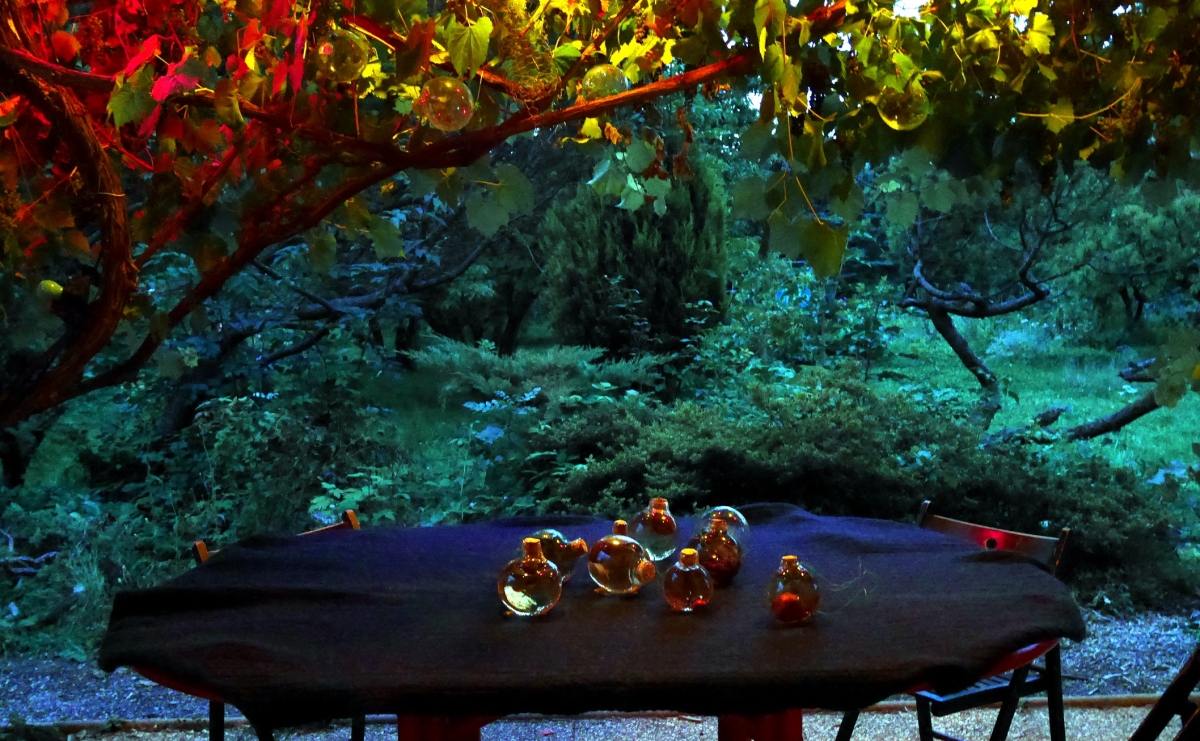
Anna Romanenko/Björn Kühn, The Unfailing Table, since 2014. Photo: Björn Kühn
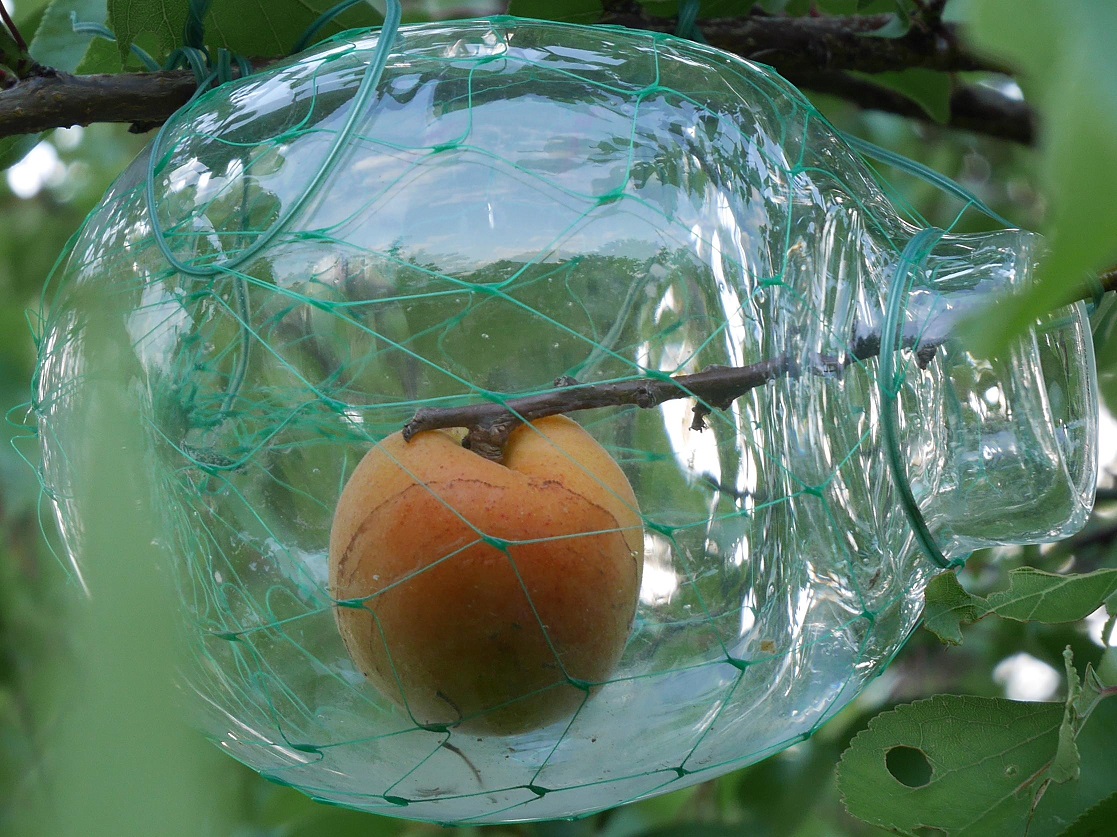
Anna Romanenko/Björn Kühn, Fruit Spirit in the Make for the Unfailing Table, 2014. Photo: Anna Romanenko
Speaking of interactivity, all of your works presented at Nida Art Colony were particularly interactive. I have in mind your Liminal Dome project during the 4th Symposium in 2014, when participants had to have the guts to go to the beach at 5 AM and swim to a black plastic air chamber floating in the sea and then underneath it, as well as your project The Unfailing Table in Nida one year ago, when you proposed toasts and invited other symposium participants to drink shots of liquors. Is interaction with the audience important for you?
It is a specific kind of interaction we are aiming at; we think of works as machinic assemblages having different joints and occurrences, building an environment where specific things can happen. If there is a viewer, then s/he must become part of the machine, be a joint, or a screw, or something else. It is a rare occasion when that happens just by looking.
To stress the operationality of artworks, which we assume not only in our own but in numerous other works, we have recently founded the Verlag für Handbücher (Publishing Organ for Handbooks), which aims to publish notations of the workings of things through artworks.
I would like to come back to your Liminal Dome project. In my opinion, it perfectly reflects even the concept of the Hybrid(…)scapes exhibition. For me, this project of yours is about new, artificial states of nature, which we are trying to tame, or maybe a test of futuristic post-human survival scenarios, when we will no longer be able to live on land and will have to move into the waters. It also alludes to changing human states, when we have new half-human statuses like refugees, prisoners, or noncitizens. Are you always interested in such topics related to (techno)ecologies, hybridity or posthumanism? Or is it just a reaction to the environment in which you find yourself at the moment, a kind of site-specific art?
I don’t think it is possible to escape site-specificity, yet it depends on how you define the site or how you weigh the different sites that overlap in it and also in the work. On the other hand, it is a fact that we mostly work on projects for a long period of time just in the studio; sometimes it takes years until they “fall in place”. For instance, our current project for Hybrid(…)scapes already had a long journey before coming to a manifestation in this context, it was a year ago that we started “working on a pipeline”, but when the physical location comes into play, things change again and get reconfigured.
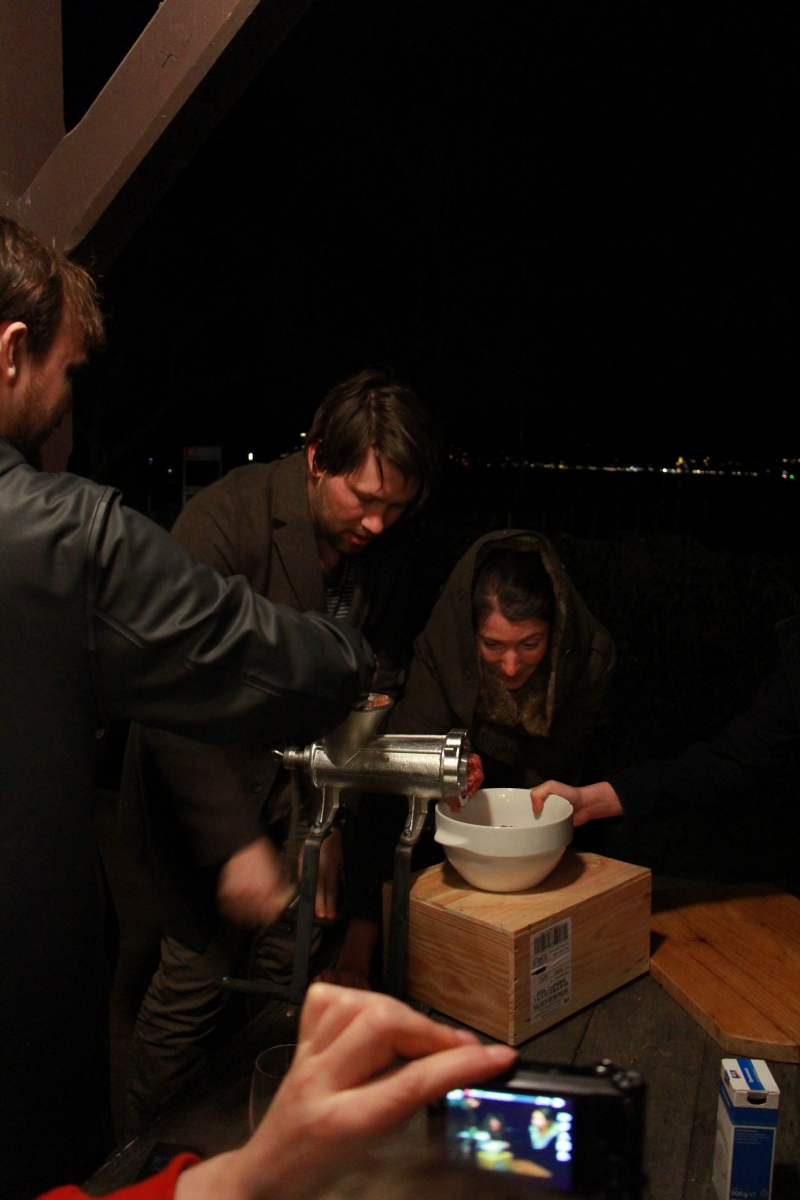
Anna Romanenko/Björn Kühn, First Urmeter BBQ, 2015. Photo: Anna Romanenko
You participate in the European Biennial of Contemporary Art Manifesta 11 in Zurich with your project Urmeter BBQ this year. So far the description of your project contains only the word “economy”. Could you reveal what this project is about and what kind of economy are you dealing with?
This work is mostly based on an anecdote. After having deinstalled the Liminal Dome in Nida, we had a solo show in Slovakia titled Illicit Physics. There were seven rooms, and shortly before going to install we realized we had overlooked one of them. After a fit of panic we just took in a not yet fully developed idea we had sitting around in the studio, mostly because it involved a displayable object that fitted well into the economy of the show: The Urmeter BBQ.
The object is an industrial meat grinder with a customised cap that shapes the meat coming through into the profile of the first prototype meter that was forged in Paris shortly before the French revolution as a common standard for a bunch of European countries. It was a humorous, maybe even Dadaist negotiation of the production of a standard in general or of a “universal measure”. We made a few BBQ events with friends. Naturally, our meaty meters exiting the meat grinder were never longer than, say, 25 cm, but that was due to the logic of the material and also the funny part.
During the BBQ we would tell the story of the first metre, how its length was first determined by a seconds pendulum while later it became one ten-millionth of the distance from the North Pole to the Equator, how the prototype was forged and copies were made of a special alloy, 90% platinum and 10% iridium, which is significantly harder than pure platinum, and how they had a special X-shaped cross section (just like our burgers), how those copies were numbered and sold by the French after the revolution (!) to the participating kings, and so on.
It was on one of these nights that the economics you are referring to kicked in, a friend of a friend heard our story. Being a post-doc researcher at the local university and fascinated by our idea he, assembled a small team in his department to study the introduction of the meter as a trade agreement and analyse the commercial effects it had on the participating countries. For Manifesta 11 we are planning to combine their findings with our performance.
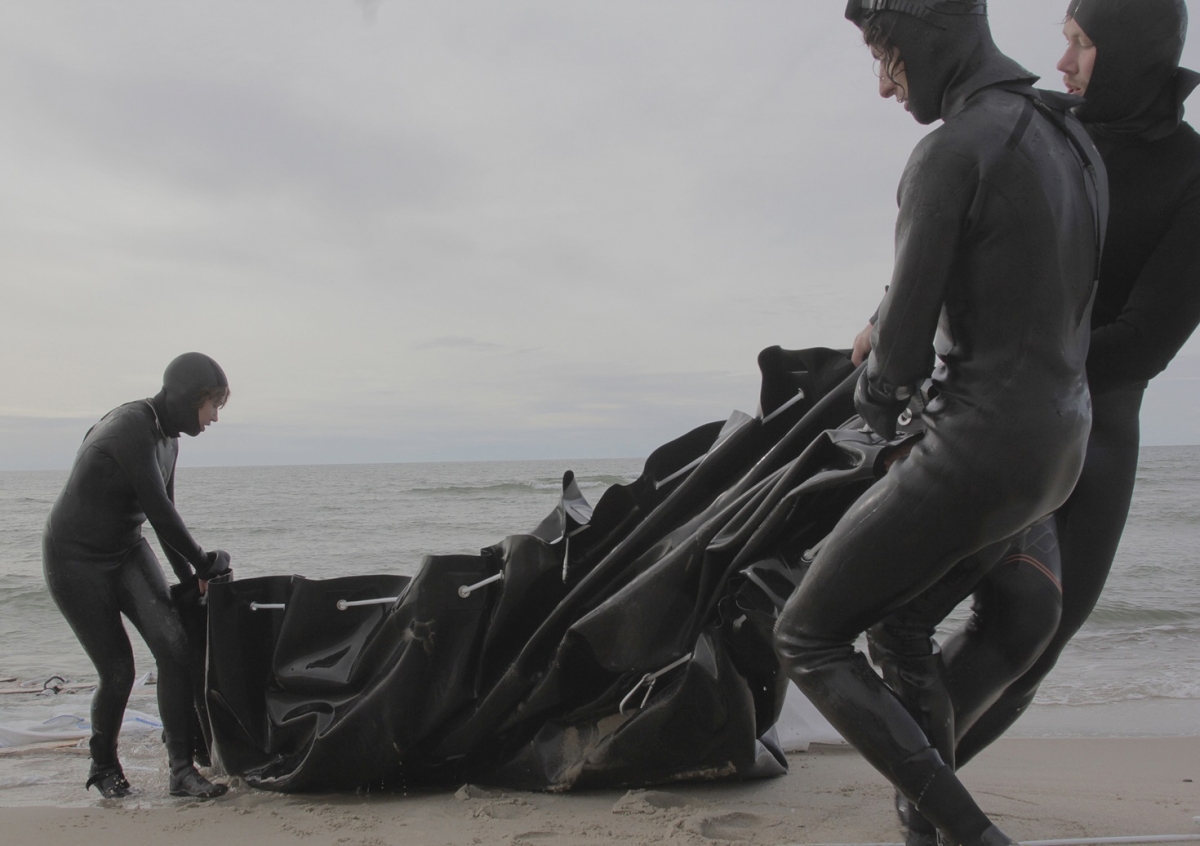
Anna Romanenko/Björn Kühn and Gabriel Hensche,The Liminal Dome, 2014. Photo: Natacha Paganelli
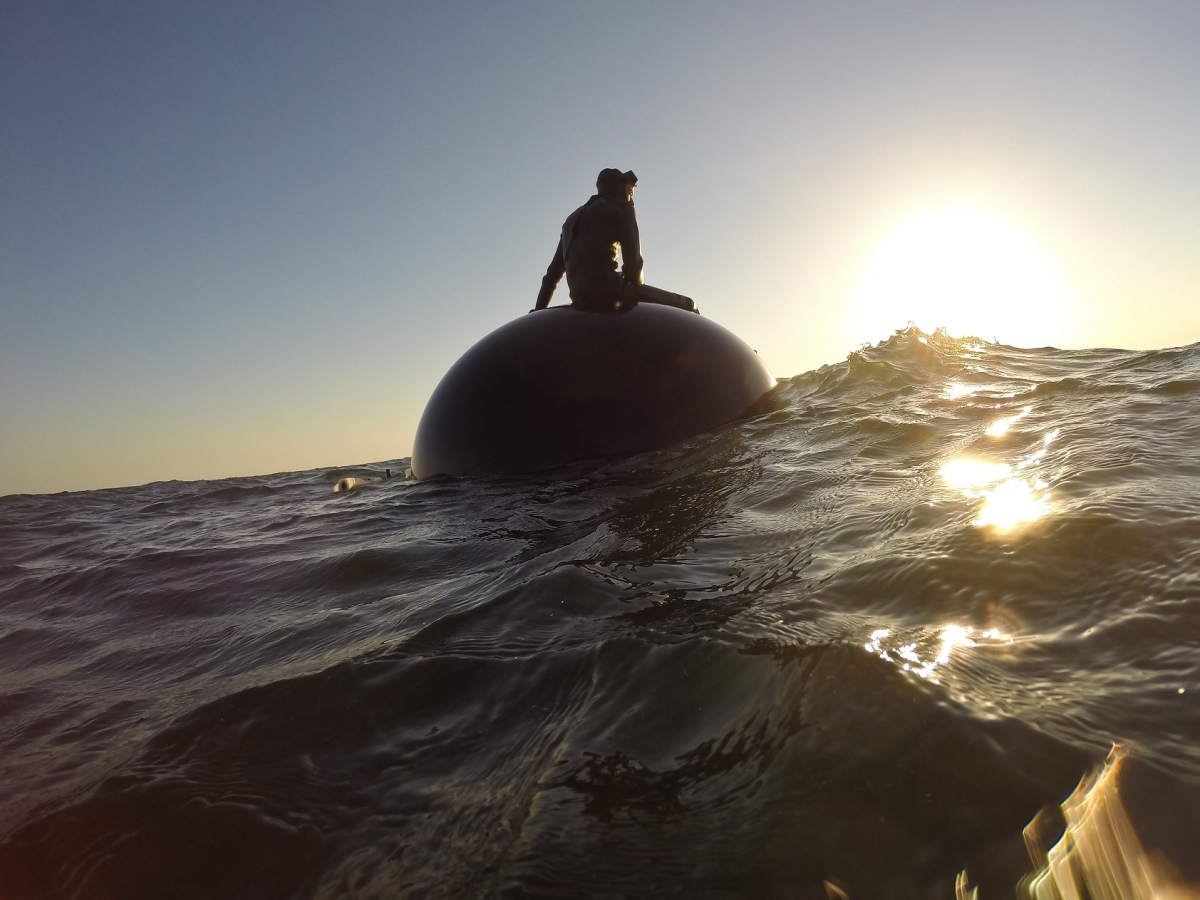
Anna Romanenko/Björn Kühn and Gabriel Hensche,The Liminal Dome, 2014. Photo: Björn Kühn
This year’s Manifesta explores the subjects of labour and professions. The artist’s profession is also somewhat hybrid. Can you call yourself “pure” artists, or is it impossible to survive without working in other disciplines simultaneously?
Profession has become a term that is closely connected to wage labour, not so much to skills but to how good skills sell. Skills that don’t sell will become a hobby. We are interested in how all kinds of skills and activities that require repetition form identities.
Our works are built around an action, a little mastery of a task. These procedures involve optimisation processes, very specific ergonomics and skills. We often combine attributes of different activities and duties into the “professions” we create. In the case of the Rhyme, we were constructing a Player that would merge elements of different professions.
We started off with the Siberian shaman, who in the Middle Ages would be the blacksmith as well, forging Jew’s Harps and using them in rituals. Then we mingled in features of the Metallurg, the Fordist offspring of the blacksmith, who produces the pipes for pipelines. Then the Serpent Charmer came in and added a speculative invocatory quality to the new player. At some point in the development of the work, the Foley Artist appeared. The Foley Artist is the guy who creates sounds in the post production of cartoons (and other films), a task that creates this scene where you have an image, like for example a pipeline rising out of the sea, and then you search for a sound to make it more real.
All of these professions combined make up the player of the Rhyme and by extension of the pipeline; a guild of pipers that would be skilled to sound through the vastness of the pipelines once there are no more resources to transport.
Your participation in different art events, performances, residencies, exhibitions and biennials also forms a kind of a hybrid (personal) cultural map. How do you shape it and what is your compass in it? Does it perhaps shape itself and shapes you at the same time. What are the coordinates of Nida Art Colony in your compass?
One should choose wisely where to go in residence, often artists even move to the place they first went into residence at. Nida Art Colony was our first, not that we are considering buying one of the houses which are being constructed opposite the colony, but it was not only our first residency but also the place where we first dived for the Liminal Dome, a focal point in our work.
Finally, I want to provoke you: what kind of a manifesto does the contemporary art world need desperately?
We are currently working on an understanding (maybe a theory?) developed out of the concept of ergonomics, the laws of work. Yet it is too early to tell if it wants to be a manifesto.
Exhibition “Hybrid(…)scapes”
23th July – 28th August 2016
Nida Art Colony of Vilnius Academy of Arts (Taikos st 43, Nida)
Open everyday except Monday from 12 PM to 8PM.

